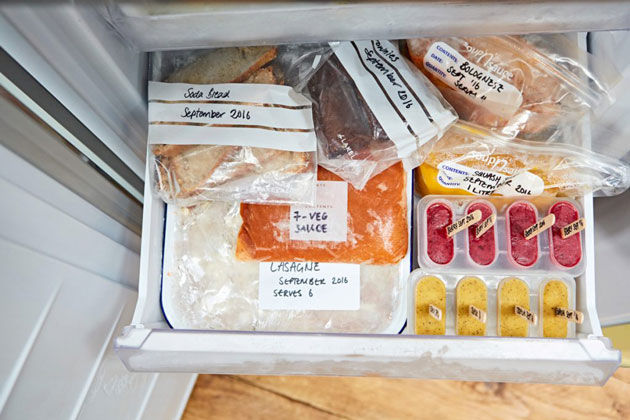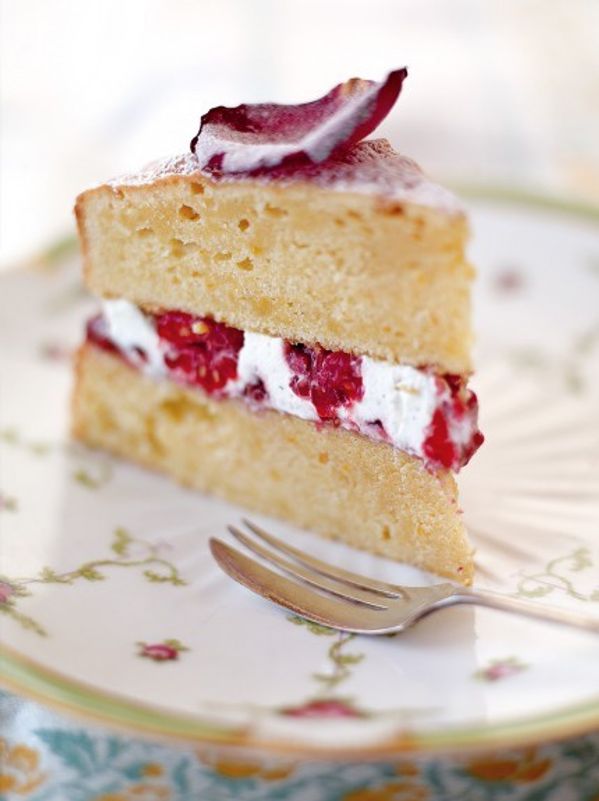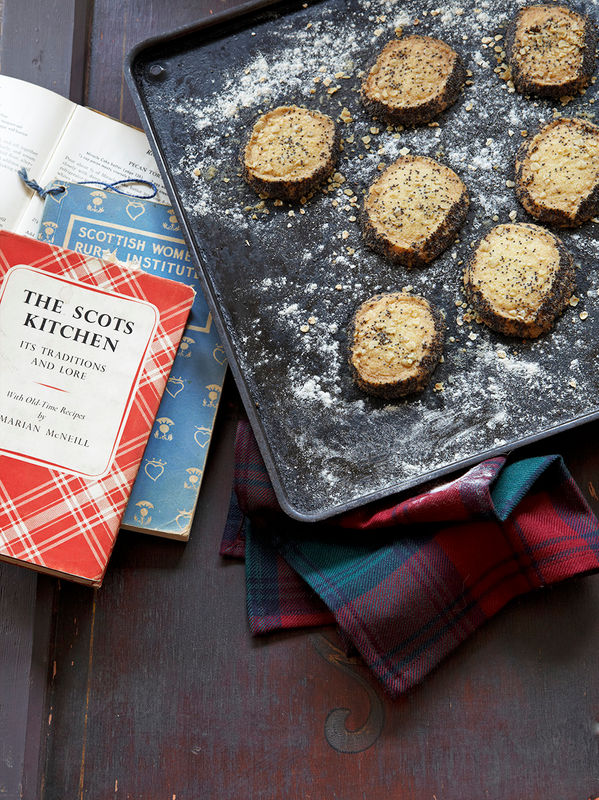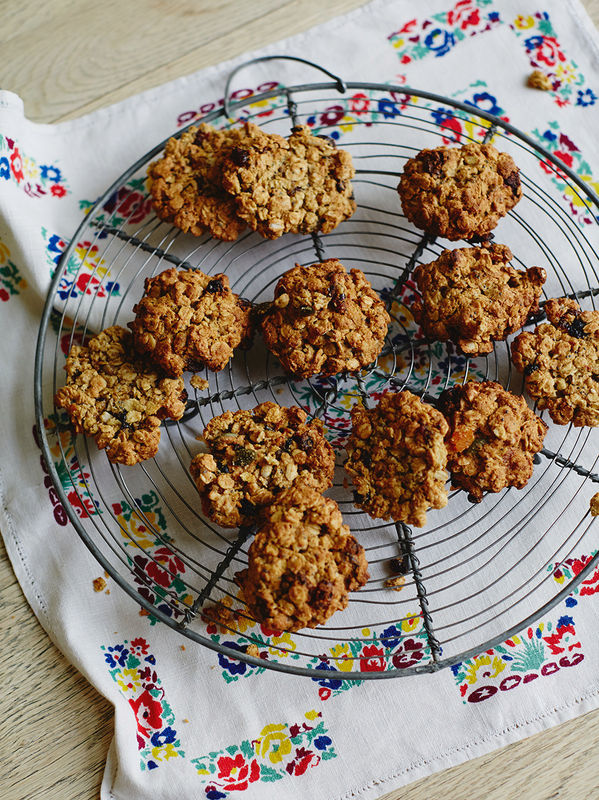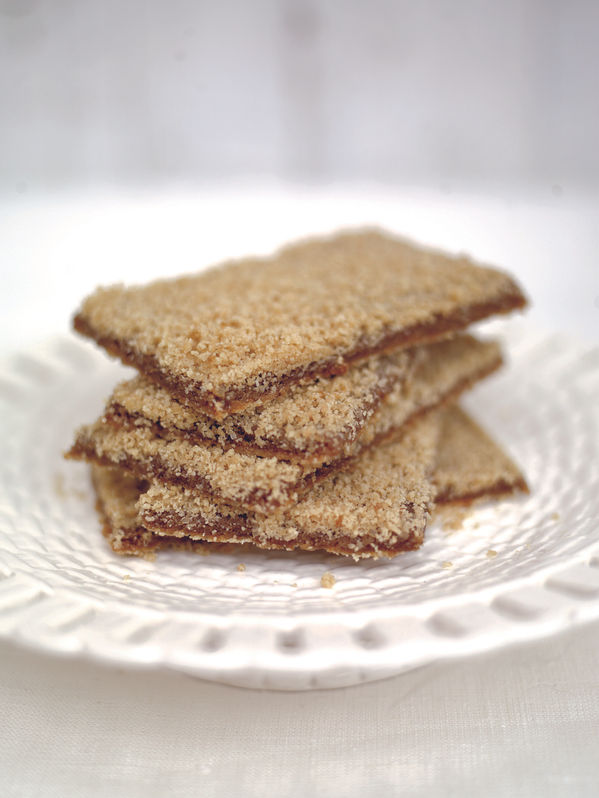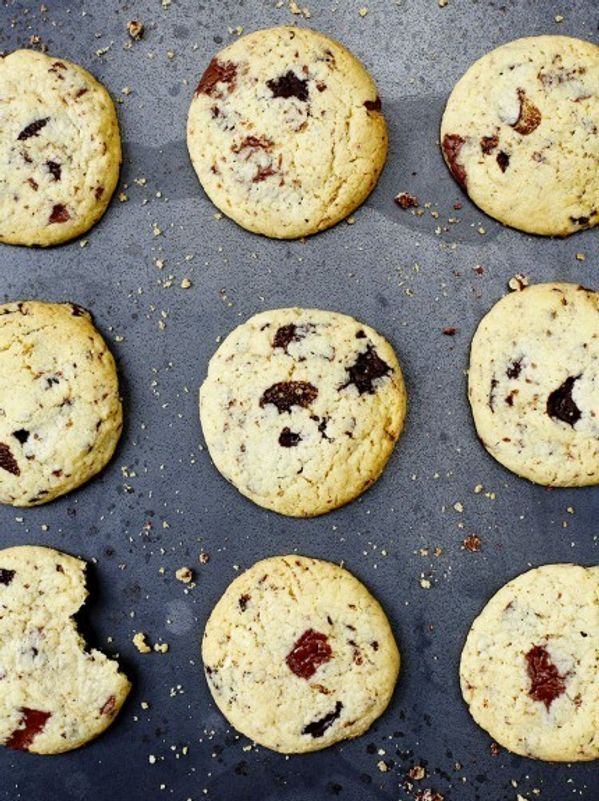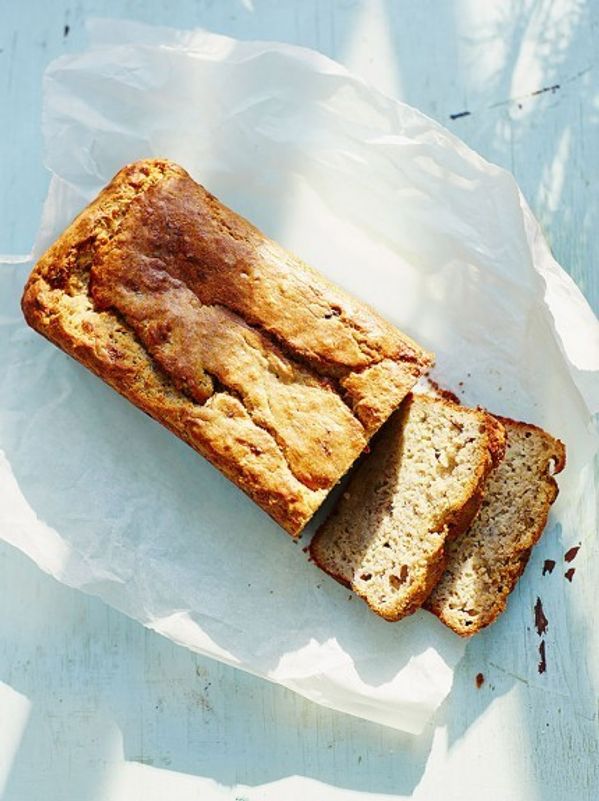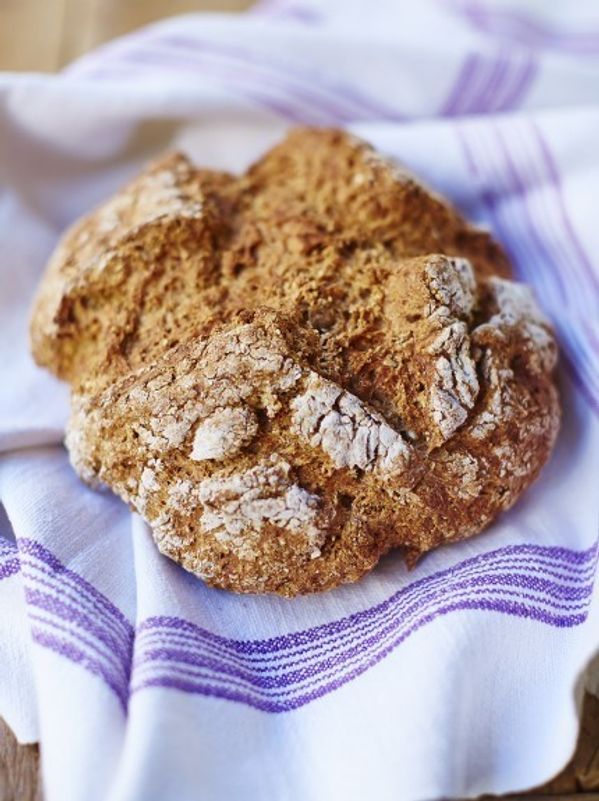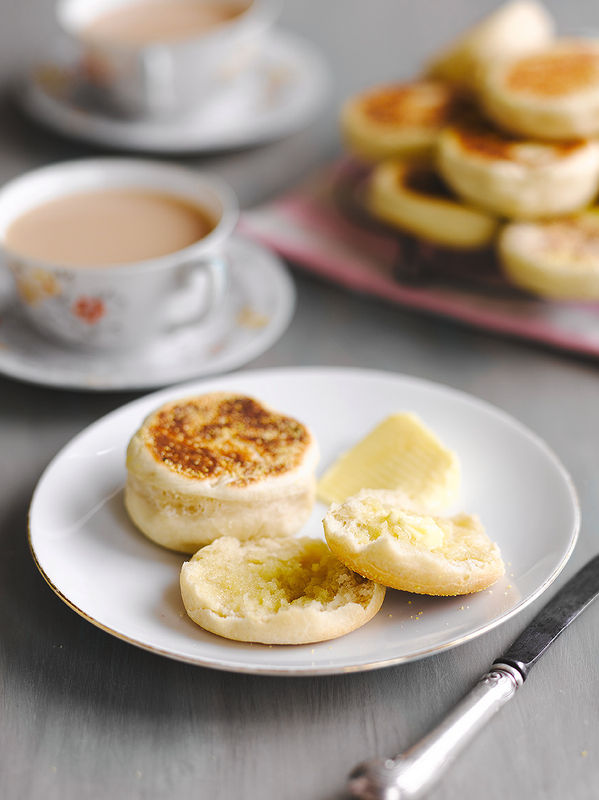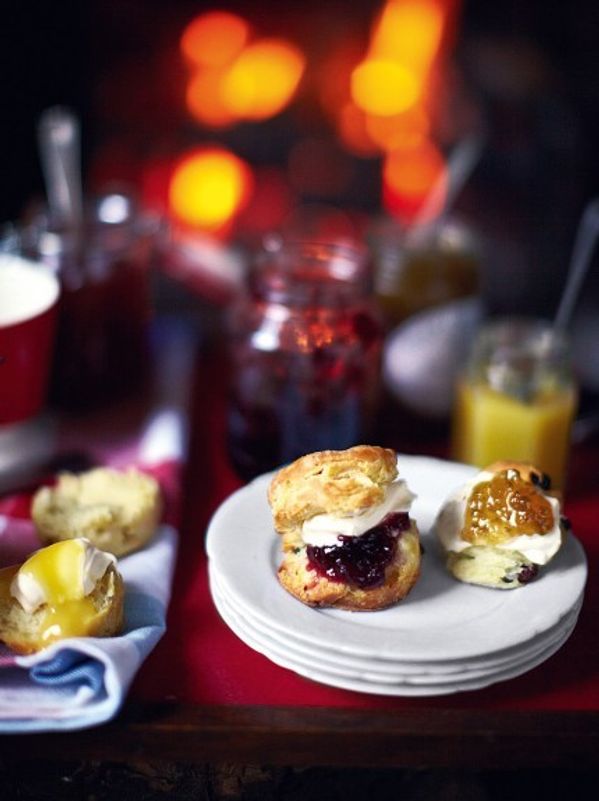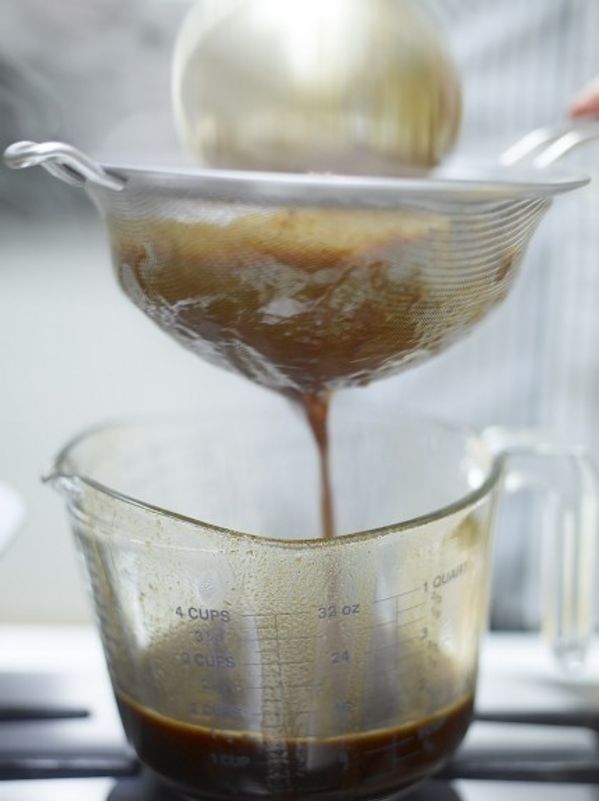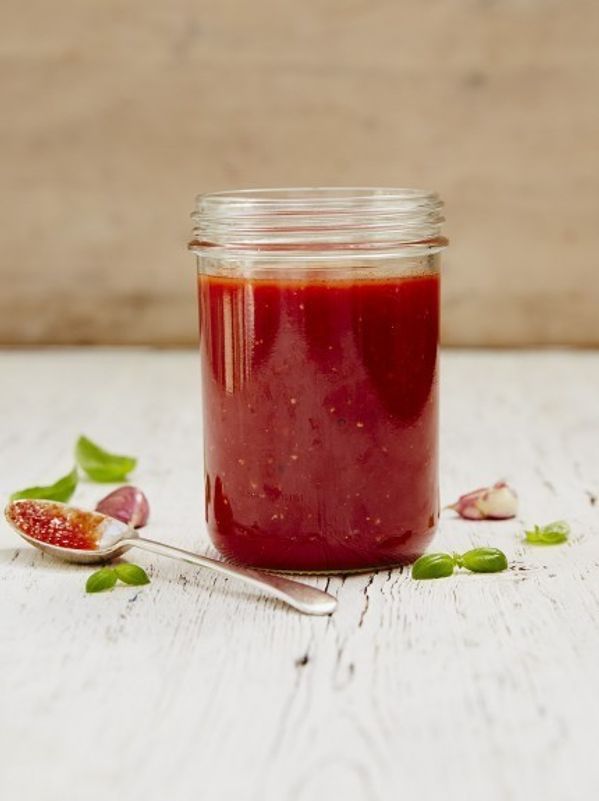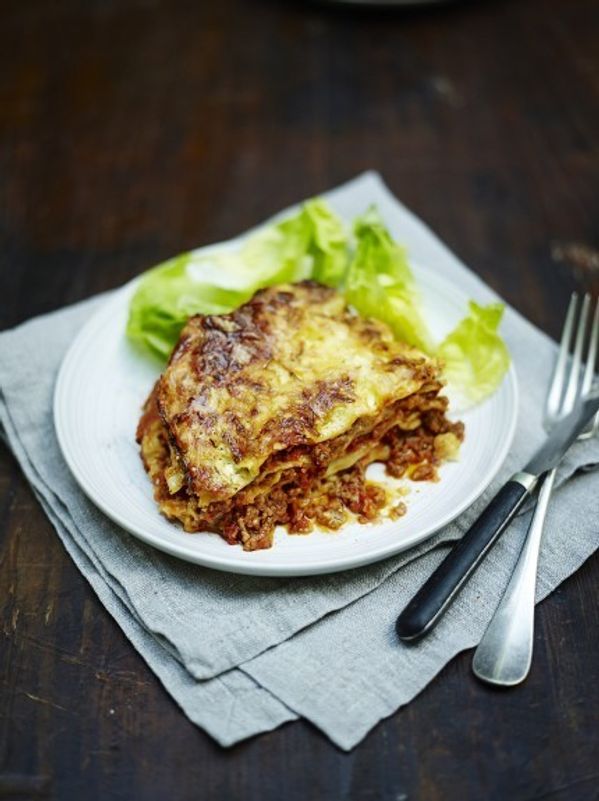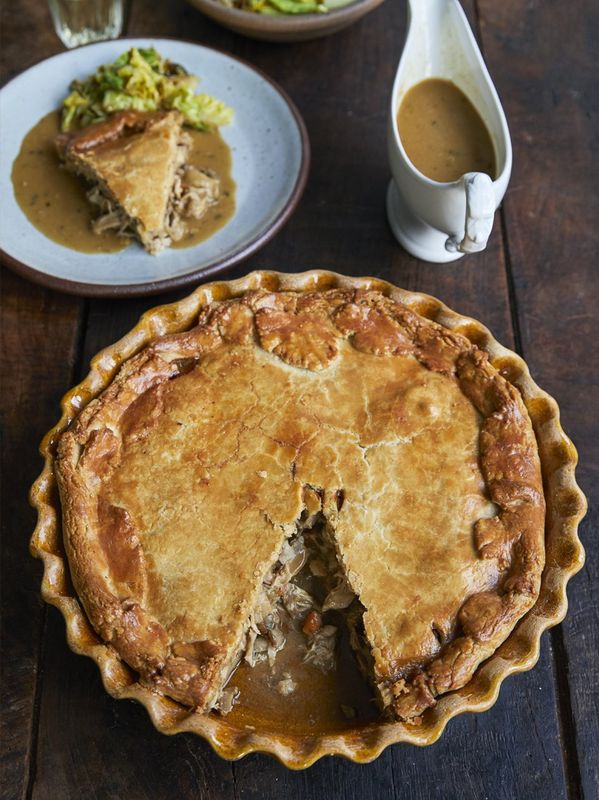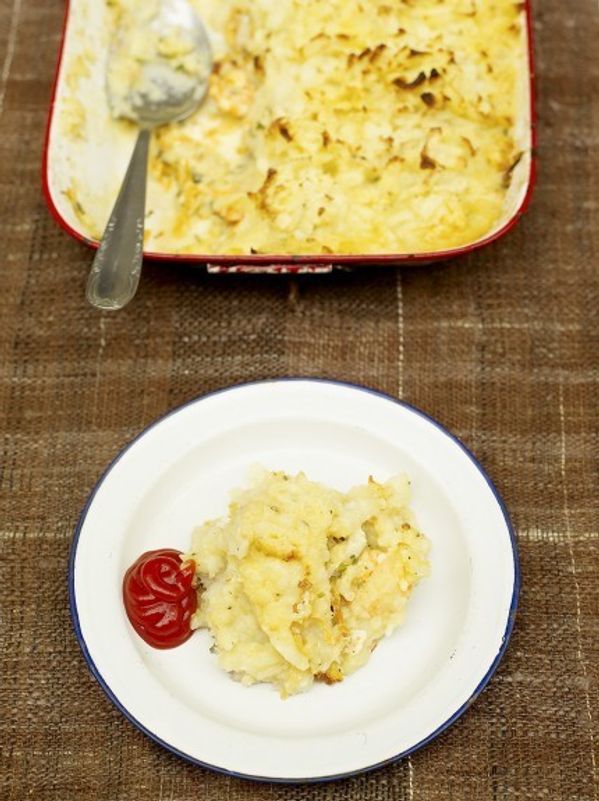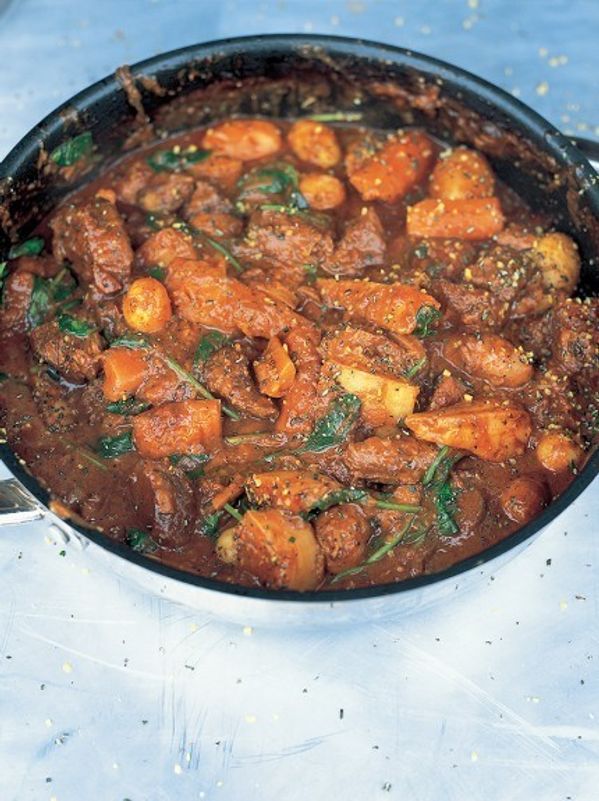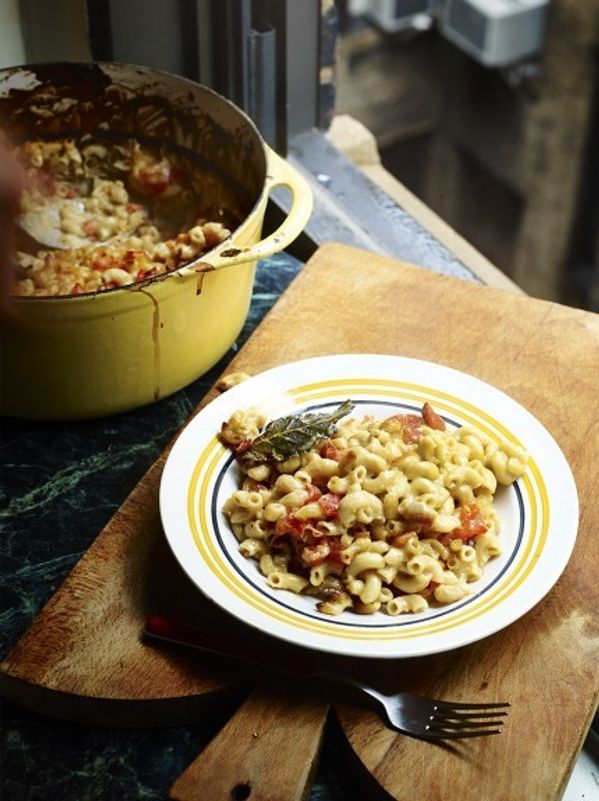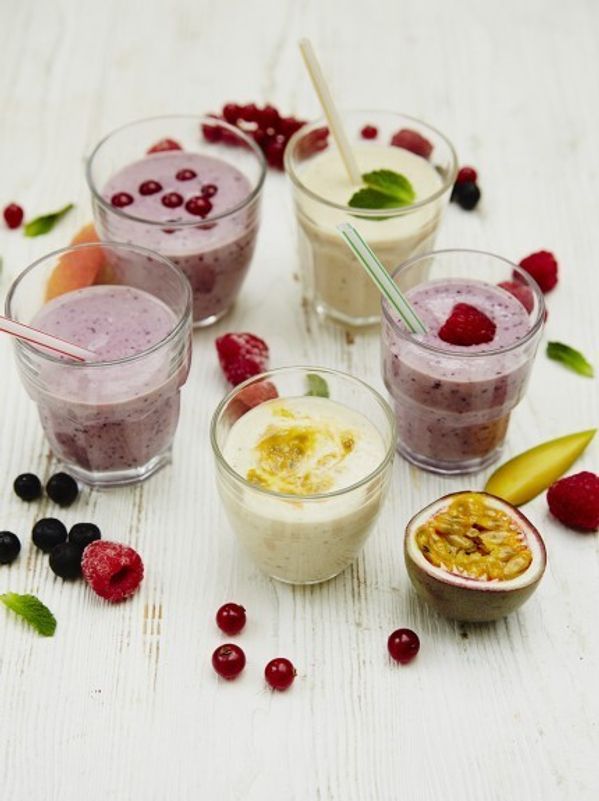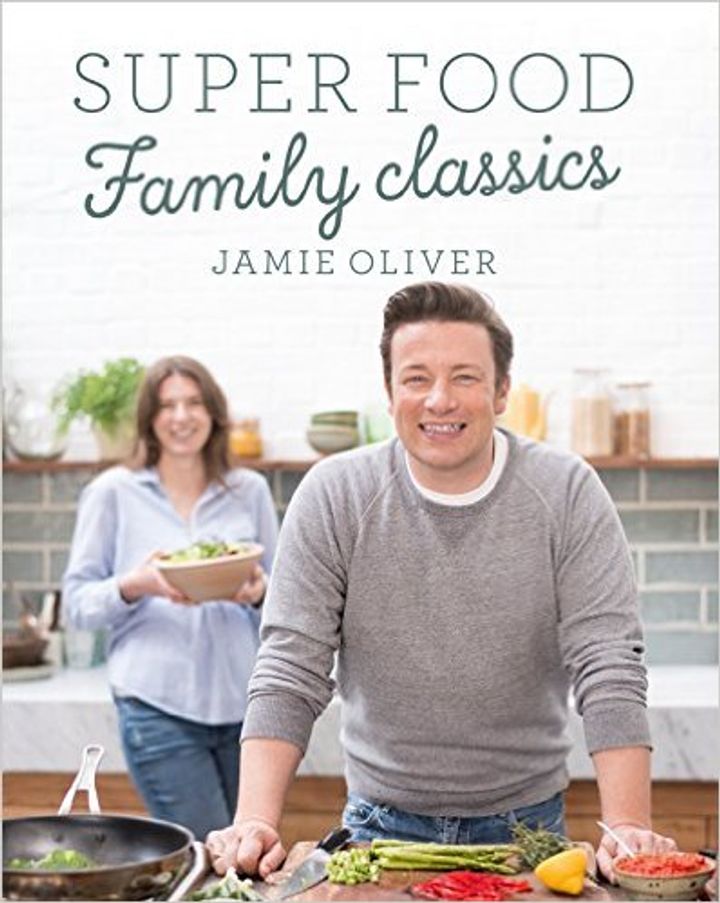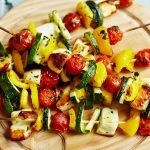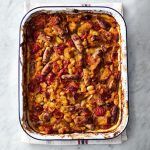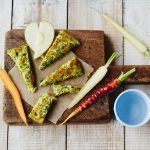One of the simplest, most efficient ways to save money in the kitchen is to batch cook. Whether you’re cooking for one person or six, preparing meals in advance and freezing them will also help you cut waste and save time midweek.
If you buy food in larger quantities it often works out to be cheaper, and if you cook and freeze it in one go then food won’t in your cupboards or fridge and go off. Check out our super-helpful guide to freezing different ingredients and dishes to see just how versatile your freezer really can be.
We’ve chosen some of our favourite freezer-friendly recipes to inspire you to turn them into budget batch-cook dishes.
FREEZING: THE GENERAL RULES
For the best and safest results:
- Portion your food into containers, in single or multiple servings – plastic tubs, foil trays with lids, and ziplock bags work well
- Allow the food to cool to room temperature – aim to get it into the freezer within 2 hours of cooking
- Remember to label and date your containers with the date it was made/frozen
- Once the food is cool, pop the lid on and get it into the freezer straight away
- Spacing items out in the freezer will help them to freeze more quickly
- Cooked products should be eaten within three months, otherwise the quality may start to deteriorate
- It’s always best to defrost food thoroughly before cooking or reheating (the safest method is to transfer it to the fridge 24 hours before you want to eat it)
- If you want to reheat or cook a product from frozen, add about 20 to 30 minutes to the cooking time, and make sure it’s piping hot all the way through before serving.
CAKES & BAKES
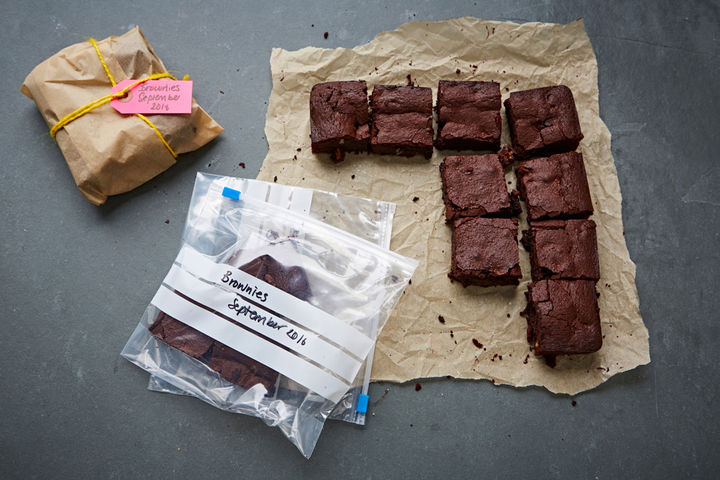
Have you tried freezing sponges? It makes it super-easy to rustle up a little treat at the drop of a hat (think surprise last-minute guests!), without having to make an expensive panic trip to the supermarket.
Bake and cool your sponges, then wrap them in clingfilm and freeze for up to three months. Defrost fully so they come up to room temperature, whip the cream and finish the cake just before you want to serve it.
Once you’ve baked your brownies, cut into squares and cool before freezing on a large tray, spacing them out so they don’t freeze together (you’ll need a bit of space in the freezer to do this). Then keep, frozen, in bags and defrost individually whenever you fancy one! Try our gluten-free and vegan brownie recipes, too.
BISCUITS & COOKIES
Already individually portioned, biscuits and cookies keep really well in the freezer, plus it’s so much more economical to whip up your own at home.
Freeze your baked and cooled biscuits on a tray, spaced apart so they don’t stick together, and then keep in plastic tubs. Alternatively, you can freeze a tray of uncooked biscuit dough, and put them straight from the freezer into the oven. In general, add an extra 25% of the normal cooking time (but keep a close eye out to avoid them burning!)
BREADS
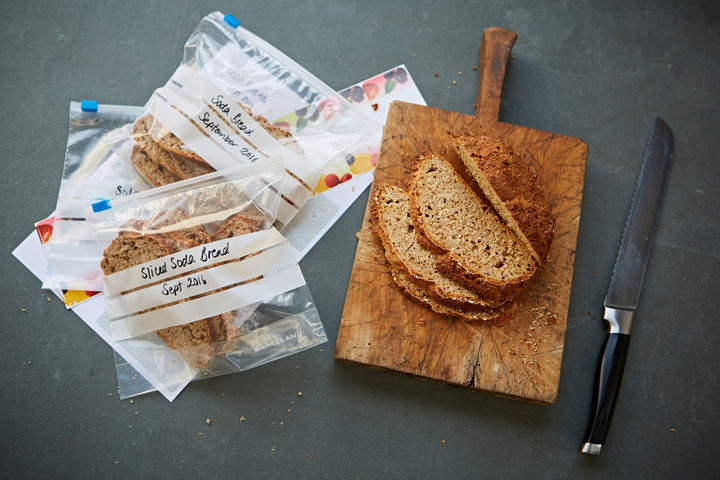
You can have freshly-baked homemade bread and scones whenever you want if you keep them in the freezer.
Wrap cooked bread in clingfilm and freeze loaves whole or, alternatively, slice, spread out on a tray and freeze in individual pieces. You can then bag the slices and simply defrost as and when you like without having to defrost the whole loaf.
Freeze cooked muffins or scones spaced out on a tray, then, when frozen, bag up so you can defrost individually until they reach room temperature.
SAUCES & GRAVY
Make a base recipe that can be used for all sorts of dishes – not only will this save you money, it’ll also save you plenty of time in the kitchen during the week.
Make this curry sauce, leave it to cool then freeze. When you come to defrost it, grill your chosen chicken, lamb, veg or fish, add it to the sauce, stir in a dash of yoghurt if you like and finish with a handful of fresh leaves.
Next time you have a roast chicken, make stock from the carcass and turn it into a delicious gravy, ready for your next roast. Freeze in bags for up to three months.
Make and freeze a simple sauce, then use for all manner of recipes – from stews and casseroles to pasta dishes and tagines. Try this veg-packed tomato sauce as well.
SOUPS
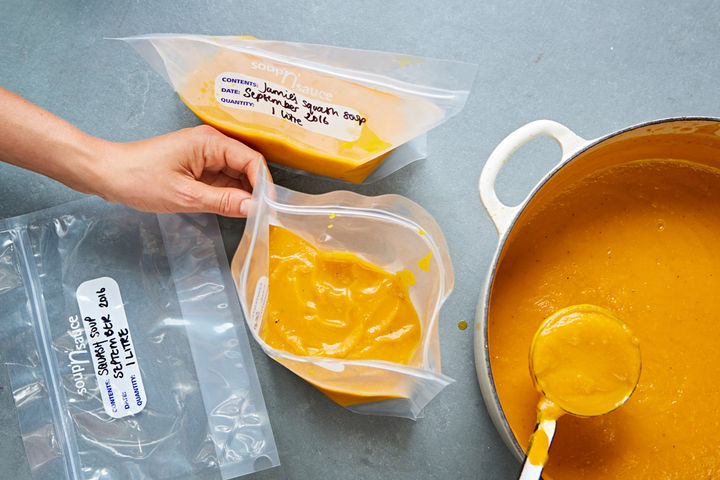
One of the all-time freezer faves, soup is a perfect budget batch recipe. Great for lunch and dinner, there’s the added bonus that you know exactly what’s gone into it.
TOMATO, CORN CHOWDER & CHICKEN SOUP
Simply freeze the cooled soup in bags according to how many portions you’d like. Leave out any fresh herbs and leaves (such as spinach) until you reheat your soup and add once fully reheated.
CASSEROLES, PIES & PASTA
Freeze the base sauce of a casserole, pie or pasta dish for a super-simple and cost-effective midweek dinner. Portion out your meals in advance so you can defrost exactly what you need.
Simply freeze your sauce in ziplock bags (which can be flattened into neat, stackable ‘pillow’ shapes), according to how many portions you normally use at a time. Either defrost overnight in the fridge or cook from frozen, making sure it’s piping hot before you serve.
Lasagne fits very neatly into square plastic tubs which makes it great freezer fodder. Simply slice into the portions you’ll need later in the week. If you’re reheating from frozen in the oven, cover the top with foil so that it doesn’t catch.
Make your pie filling and freeze in bags or tubs. Keep it in the freezer next to a block of ready-made pastry. When you want to eat it, defrost the pastry and pie mix together in the fridge overnight, then roll out your topping, cover and bake.
After you’ve made your fish pie, portion it out into tubs, topping each one with mash as you go. Leave to cool, then freeze. Either defrost in the fridge before reheating, or bake from frozen in the oven, with foil covering the top.
A great recipe for freezing, beef stew can be stored in any container you like, and is brilliantly easy to portion out. Reheat it gently in the oven, or on your hob until it’s piping hot.
It might seem odd to freeze cooked pasta, but this is a great batch recipe. Freeze it in bags or tubs, then you can add the breadcrumbs when you’re reheating, for the perfect crunchy top.
OTHER IDEAS
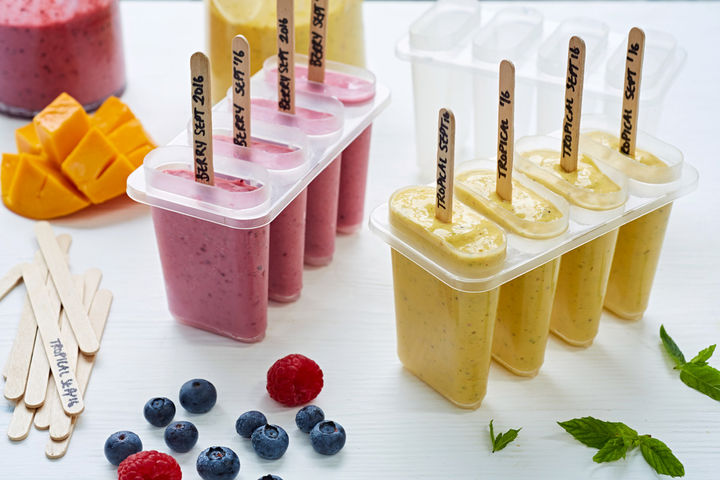
There are a surprising number of ingredients that are very happy to be frozen, and used at a later date. So don’t throw out precious food that can be kept in the cold for a few months.
Peel, stone, chop and freeze your smoothie fruit in advance – that way it’s always ready to go when you need it. You won’t need to add ice cubes to your blender either, because the fruit will do the job of chilling the smoothie. It’s also a good way to save fruit that’s just on the ‘turn’ if you don’t want to eat it immediately. Freeze fruit chunks on a tray, then you can compose bags of your favourite flavour combos.
EGG WHITES
Believe it or not, stale egg whites make the best meringues. If you’ve made mayo or custard and have any egg whites leftover, freeze them. Keep a plastic tub in the freezer and add egg whites as and when you have them (making sure they’re free of yolk or shell). Defrost in the fridge the day before you need them.
Meringues themselves are best kept in an airtight container, not the freezer. They’ll keep for ages at room temperature in your cupboard if they’re tightly sealed.
Take a look at these extra fruit, veg and store cupboard freezing ideas, and for even more inspiration check out our full list of freezer-friendly recipes.
For more top budgeting tips, plus plenty of handy kitchen hacks and recipes to feed the family, get your copy of Jamie’s latest book, Super Food Family Classics.
